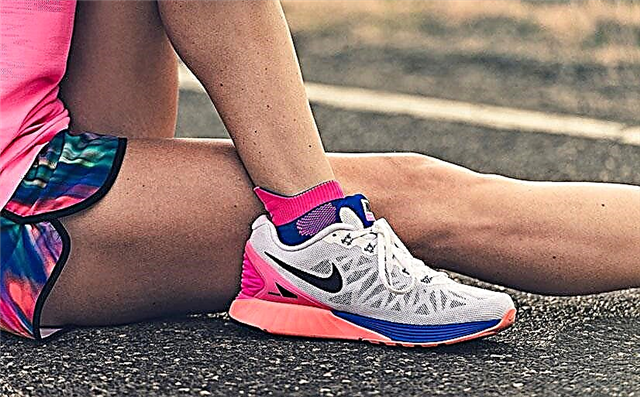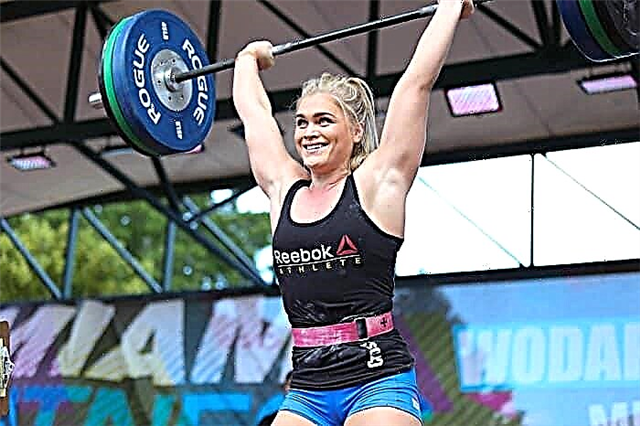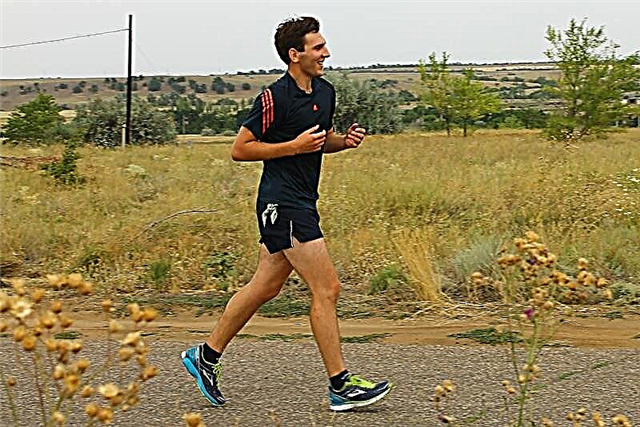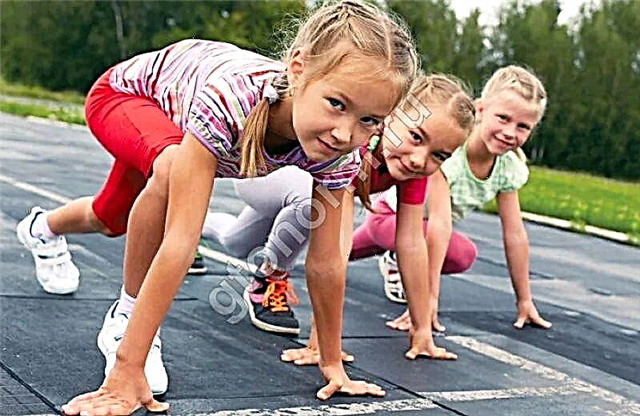Crossfit exercises
10K 0 01/28/2017 (last revision: 04/15/2019)
One-legged squats (pistol squats or Pistol Squats) are an unusual, but quite effective leg exercise, with which you can diversify your quadriceps workout, as well as improve your coordination and functionality, observing the execution technique. In terms of biomechanics, this exercise is almost similar to the classic squat, but for some athletes it is much more difficult to perform it. Today we will tell you how to learn how to squat on one leg correctly.
We will also touch upon the following aspects of interest to us:
- What are the benefits of squats on one leg;
- The pros and cons of this exercise;
- Types and technique of squats on one leg.
What is the benefit of doing this exercise?
Squatting on one leg, you are setting an unusual load on the muscles of your legs, which cannot be achieved with regular squats. Here we concentrate more on the work of our muscles, train neuromuscular communication, flexibility and coordination. By learning to squat on one leg, you will be able to feel your body much better, as well as correct imbalances if the muscles of one leg are lagging behind the other, for example, after a knee ligament injury.
The main working muscle group when squatting on one leg is the quadriceps, and the emphasis lies on the medial bundle of the quadriceps, and this segment often "falls out" in many athletes. The rest of the load is distributed between the adductors of the thigh, buttocks and hamstrings, and a small static load falls on the extensors of the spine and abdominal muscles.

© Makatserchyk - stock.adobe.com
Pros and cons
Next, we'll break down the pros and cons of single-legged squats:
| pros | Minuses |
|
|
Types and technique of performing exercises
Squats on one leg can be roughly divided into the following types: with the use of support, without the use of support and with additional weights. Next, we will talk about the technique for performing each of them. So how to do the pistol exercise correctly?
Using a support
This option is the simplest of all, and it is with this that I recommend starting the study of this exercise. It should be done in the following way:
- Take the starting position: feet shoulder-width apart, feet parallel to each other, back straight, gaze directed forward. Grasp the support in front of you with your hands. It can be anything: wall bars, horizontal bars, door frames, etc.
- Stretch one leg forward and lift it up, slightly below the right angle between the leg and the body. Place your hands on the support approximately at the level of the solar plexus.
- Start squatting. Going down, we take a smooth breath. Our main task is to prevent the knee from deviating from the given trajectory, the knee should bend in the same plane as the foot (straight). If you roll your knee in or out slightly, you will lose your balance.
- Lower yourself down until your bicep touches your calf muscle. It doesn't matter if at the bottom point you can't keep your back straight, and you round up the sacrum area a little - there is practically no axial load here, and you won't earn a back injury on squats on one leg.
- Start to get up from the bottom point, while exhaling at the same time and not forgetting about the position of the knee - it should be located on the line of the foot and should not go beyond the level of the toe. Hold tightly to the support and use your hands a little if the quadriceps strength is not enough to stand up.

Without using a support
Learning to squat on one leg without holding onto a support will take a lot of effort. Don't worry if you can't do at least one repetition the first or second. Be patient and continue training, then everything will certainly work out.
- Take the starting position. It is the same as with the support. Stretch your arms in front of you - this way it will be easier for you to control the movement.
- Stretch one leg forward and lift it up, slightly not bringing it to a right angle between the leg and the body, slightly bend in the thoracic spine, pushing the chest forward - this will facilitate balancing.
- Begin squatting with a smooth breath. Remember knee position - this rule applies to any kind of squat. Try to take your pelvis back a little, and "give" your chest a little forward and upward - so the center of gravity will be optimal. Smoothly lower yourself down, without making any sudden movements, feel the stretch of the quadriceps.
- After touching the calf muscle with the biceps of the thigh, we begin to get up smoothly, exhaling and straining the quadriceps. Maintain the correct position of the body and knees and try to maintain balance. To make it easier for you to visualize the process, imagine that you are doing knee extension on one leg while sitting in the simulator. Similar sensations, isn't it?

With additional burden
There are three types of squats on one leg with additional weight: holding the equipment on outstretched arms in front of you, with a barbell on your shoulders and with dumbbells in your hands.



For me personally, the first option is the most difficult, since it is most difficult in it to maintain the correct position of the body, the pelvis has to be pulled back as much as possible, plus the deltoid muscles begin to perform static work, which distracts from the movement itself.
It is important to understand that in these options there is an axial load on the spine, and they are contraindicated for some people with back problems.
The main technical difference between squats on one leg with additional weight from the classic version is that it is unacceptable to round the back at the bottom point, this is not only traumatic, but also significantly complicates standing up, since you have to concentrate not only on balance, but also on extension of the spine.









